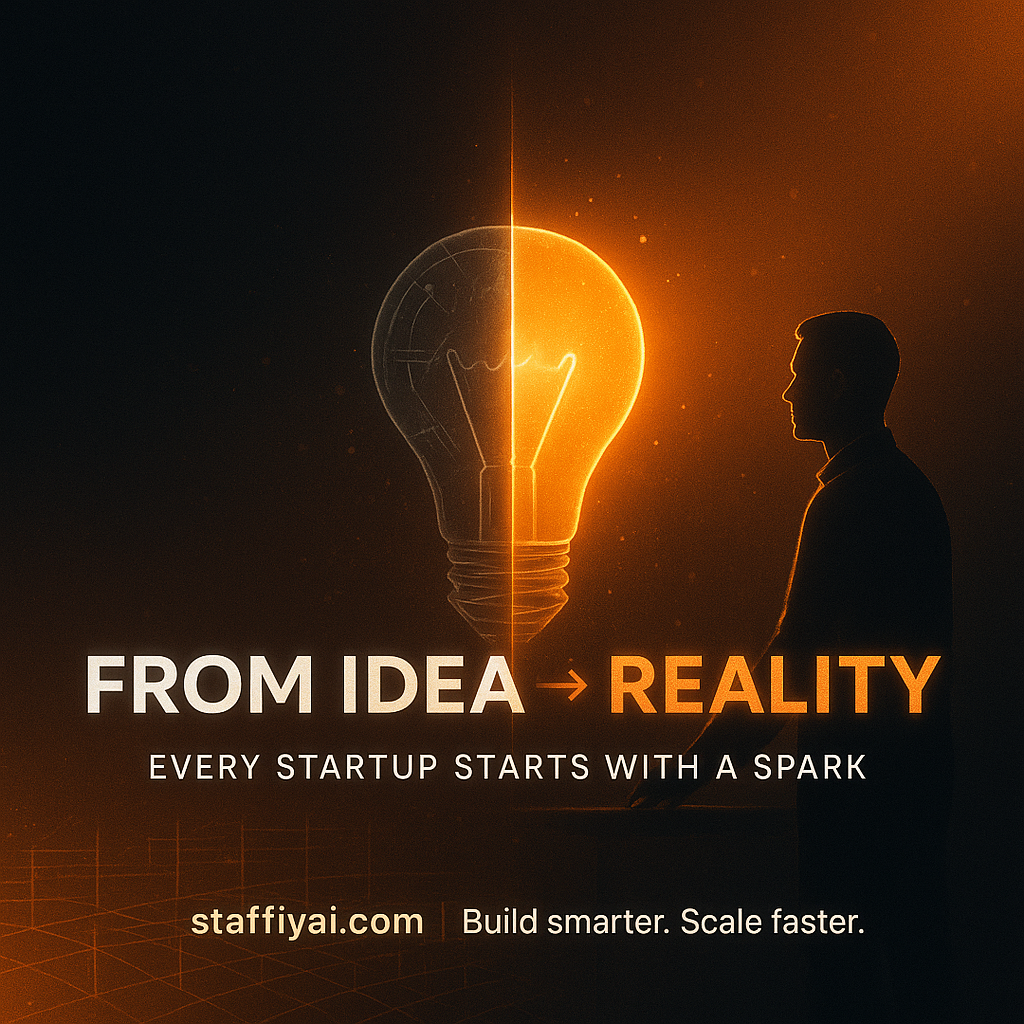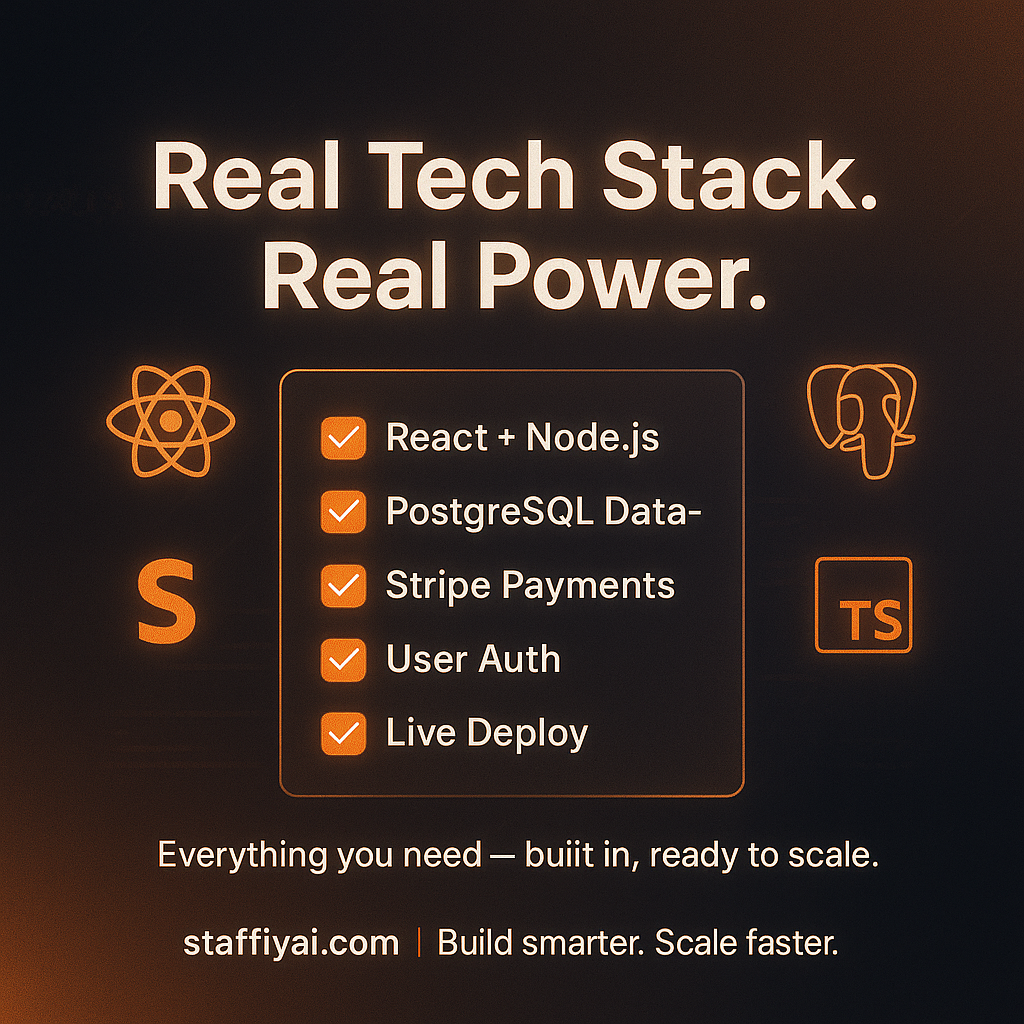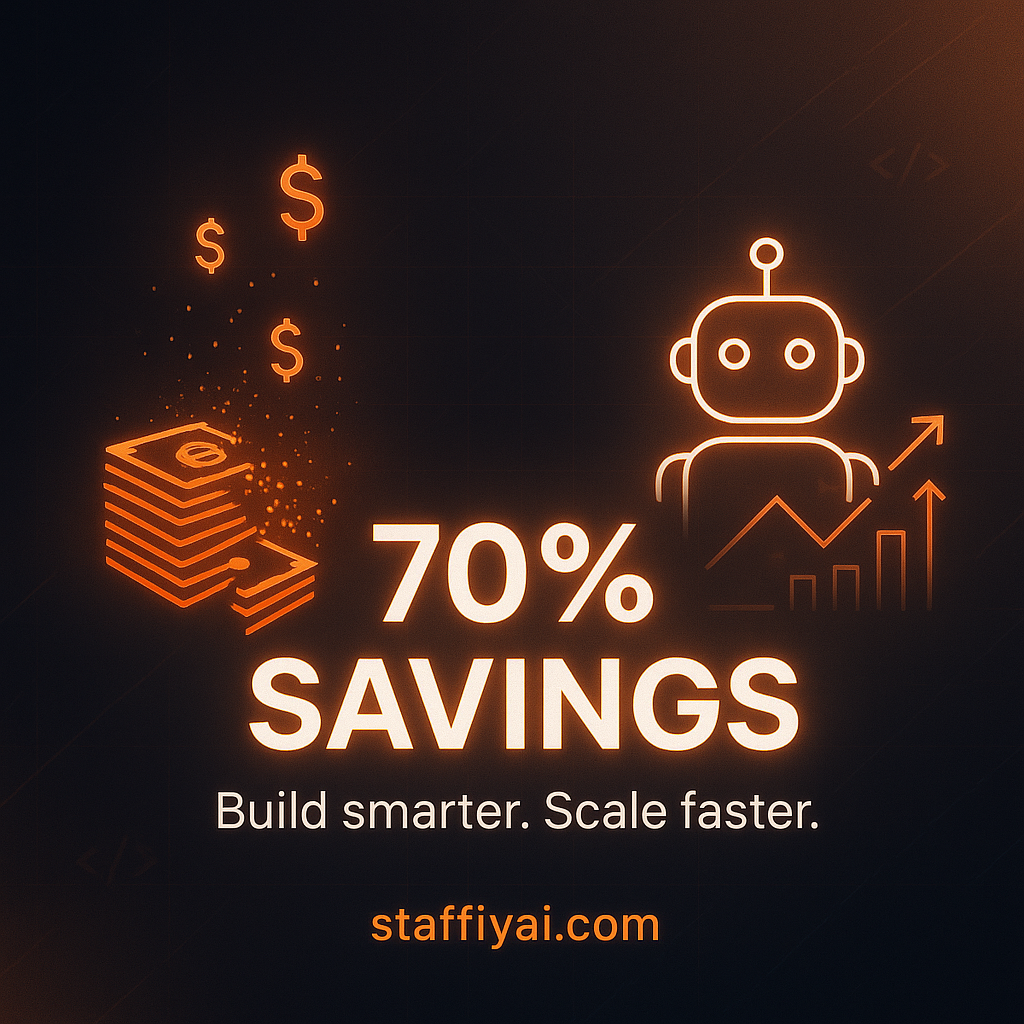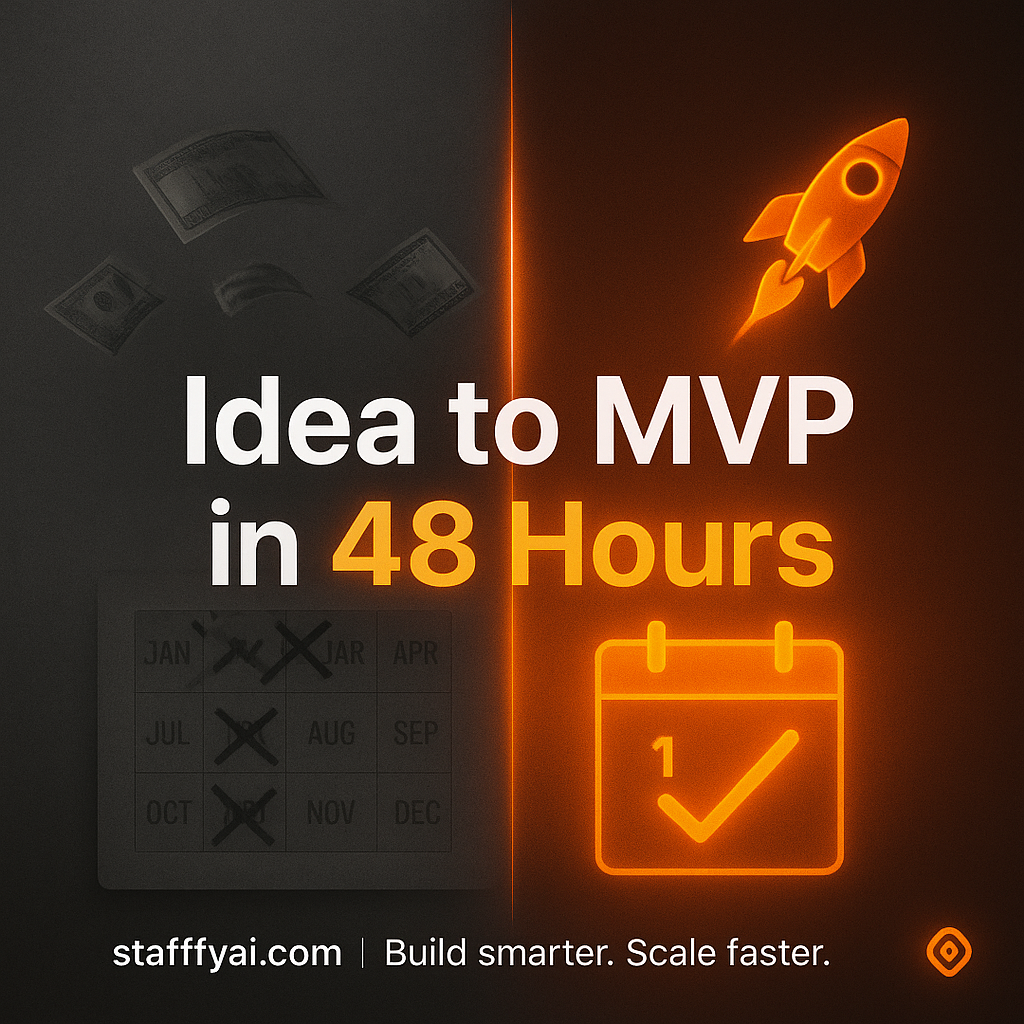Why Most SaaS MVPs Fail (And How to Build One That Doesn't)
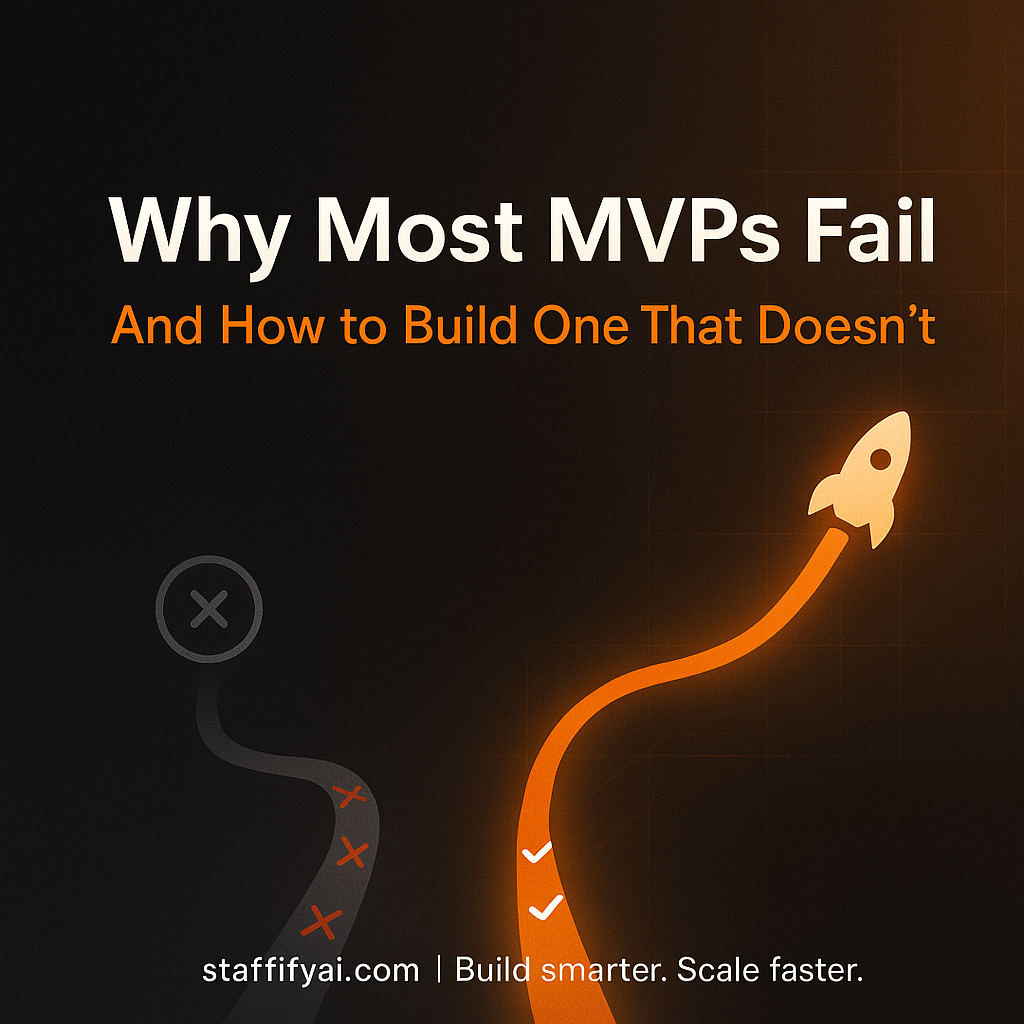
Here's a brutal truth: Most SaaS MVPs never get a single paying customer.
Not because the idea was bad. Not because the market didn't exist. But because founders make the same predictable mistakes during the build phase.
After working with thousands of founders building their first SaaS products, we've identified the patterns that separate successful launches from expensive failures.
The 5 Deadly MVP Mistakes
Mistake #1: Building for 6 Months Before Talking to Users
The scenario plays out constantly: A founder spends half a year perfecting their vision. They add every feature they can imagine. They obsess over pixel-perfect design.
Then they launch to crickets.
Why? Because they built what they thought users needed, not what users actually want.
The fix: Build a basic version in days or weeks, not months. Get it in front of real users immediately. Let their feedback guide your roadmap, not your assumptions.
Mistake #2: Treating the MVP Like the Final Product
Your MVP isn't meant to be feature-complete. It's meant to test your core hypothesis: "Will people pay to solve this problem?"
Too many founders try to compete with established products on their first version. They add user permissions, advanced analytics, complex integrations, before they have a single paying customer.
The fix: Identify the ONE core problem your SaaS solves. Build only the features necessary to solve that problem. Nothing else. You can add the bells and whistles after you validate that people will pay.
Mistake #3: Perfectionism Disguised as Quality
"I can't launch yet—the design isn't perfect. ""I need to add one more feature first."" The onboarding flow could be smoother."
Perfectionism kills more SaaS products than bad ideas do.
Your first version will be rough. That's expected. Early adopters forgive rough edges if you're solving a real problem. What they won't forgive is you never launching at all.
The fix: Set a launch deadline and stick to it. Decide in advance: "I'm launching on [date] no matter what." Then launch. You can improve based on real feedback instead of imagined concerns.
Mistake #4: Building Alone in a Vacuum
Many founders treat their MVP like a secret to be revealed. They don't share progress. They don't ask for feedback. They wait for the "big reveal."
This is a disaster.
Without early feedback, you're navigating blind. You don't know if your messaging resonates. You don't know if the UI makes sense. You don't know if you're solving the right problem the right way.
The fix: Build in public. Share your progress on Twitter, LinkedIn, founder communities. Ask people to test broken, early versions. The feedback you get at week 2 is infinitely more valuable than feedback at month 6.
Mistake #5: Overcomplicating the Tech Stack
Founders often choose bleeding-edge technologies or over-engineered architectures for MVPs that need to serve 10 users, not 10 million.
Complex tech stacks slow you down. They make changes harder. They introduce bugs. And for an MVP that might pivot completely based on feedback? They're overkill.
The fix: Use proven, simple technologies. Choose boring, reliable tools over shiny new ones. Your MVP's job is to validate your idea, not showcase your technical prowess. You can refactor later if needed.
What Actually Works: The MVP Success Formula
After analyzing successful launches, here's what works:
Week 1: Define Your Core Value
- What's the ONE problem you're solving?
- Who has this problem most acutely?
- What's the simplest possible solution?
Write it down in one sentence: "I help [target user] do [specific task] without [current pain point]."
Week 2: Build the Bare Minimum
- Focus only on your core value proposition
- Skip nice-to-have features completely
- Accept that it will feel incomplete—that's the point
Week 3: Get Real Users Testing
- Share with 10-20 people in your target market
- Watch them use it (don't just ask for opinions)
- Document what confuses them, where they get stuck
Week 4: Iterate Based on Reality
- Fix the biggest pain points users encountered
- Add features only when multiple users request them
- Prepare for public launch
Week 5: Launch
- Share on ProductHunt, social media, relevant communities
- Be transparent about being early/MVP stage
- Invite feedback and iterate publicly
The Speed Advantage
Here's why this approach wins: You're learning and adapting while your competition is still building in secret.
Traditional approach: 6 months building → Launch → Discover users want something different → 3 months rebuilding → Total: 9 months
Fast MVP approach: 2 weeks building → Launch → 1 week iterating based on feedback → Relaunch → Total: 1 month
You get to product-market fit 8 months faster. That's the difference between success and running out of runway.
Tools Matter
The faster you can build and iterate, the more likely you are to succeed. That's why the rise of AI-powered development tools is changing the game for non-technical founders.
What used to require hiring a development team (weeks of searching, tens of thousands of dollars) can now happen in days with modern tools like StaffifyAI. You describe your idea, and you get a working MVP ready to test.
This speed doesn't just save money, it saves your idea. The faster you can test and iterate, the more likely you are to find product-market fit before your resources run out.
Your Path Forward
If you're sitting on a SaaS idea right now, ask yourself:
- Am I overcomplicating this?
- Am I building for imaginary users or real ones?
- Am I using perfectionism as an excuse not to launch?
The best MVPs are simple, focused, and shipped quickly. They're not perfect. They're not feature-complete. But they're real, they're testable, and they generate actual feedback.
Stop planning. Start building. Launch before you're ready. Iterate based on reality.
Your idea deserves to see the light of day.
Ready to build your MVP the right way? Visit StaffifyAI.com and turn your idea into a testable product in days, not months.

